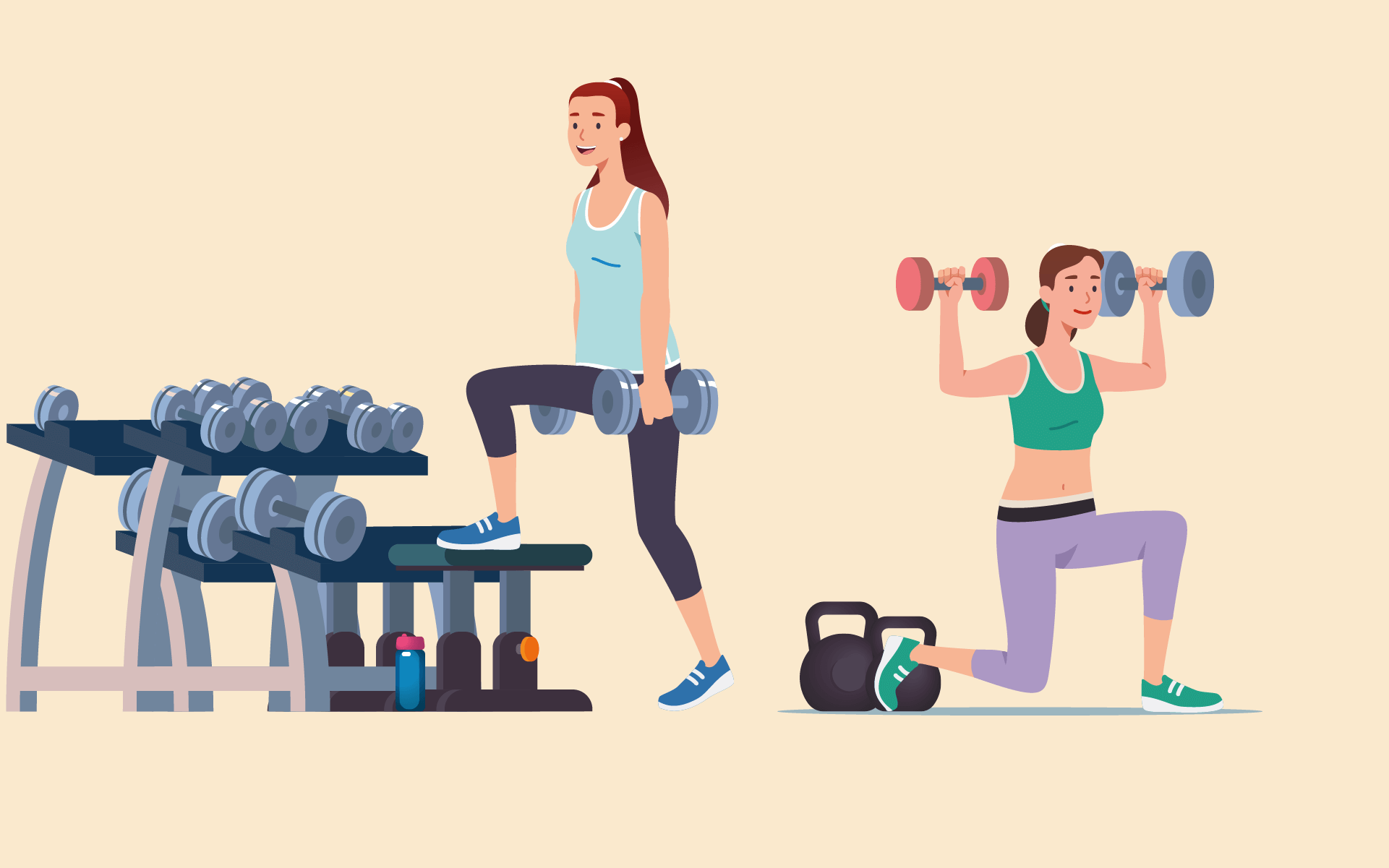Why it’s time to join the movement for movement.
Scientists call it the “sitting disease”. The sedentary lifestyle that keeps us parked for hours in front of our computers, potentially leading to weight gain, cardiovascular problems, metabolic syndrome, and mental health problems.
In South Africa, according to a 2016 report by the World Health Organisation, 40 percent of us are physically inactive. Two years of lockdown didn’t help much, says Cape Town-based physiotherapist, Hayley Schuter.
“Lockdown meant we all just stopped moving, confined to our homes and cut off from our daily exercise fixes such as gyms, yoga studios and running trails.”
Even the movement we were used to as part of our daily lives was cut out. Working from home also eliminated catching public transport, walking from the parking lot to the office, and popping out to grab a coffee or lunch.
“It might not sound like much,” says Schuter, “but it certainly adds up.”
Because lockdown happened so quickly, we never had enough time to prepare our home offices with appropriate desk heights, proper chairs, ergonomic seating. “So, not only were we sitting more, we were also sitting badly more.”
Luckily, there are easy changes you can make to improve moveability during your workday, says Schuter.
“First things first,” she advises, “try move between postures. Even if you have a good setup, being in the same position for too long, whether you’re sitting or standing, isn’t helpful.”
Schuter suggests changing position every 45 minutes to an hour. Try finding different postures to work in, even if it’s only a slight change. Desk and chair to kitchen counter, or standing-desk back to desk and chair, and so on.
It might help to connect a task to a posture. “If you take a call, get up and walk around. Check emails and plan your day standing up. If you need to be seated for long periods, make sure you get up, stretch your legs, and do a few simple stretches or movements before sitting again.”
Try shoulder rolls, ear-to-shoulder stretches and marching on the spot. These are simple and easy to do, but effective in the prevention of stiffness and pain.
Between sitting and standing, Schuter recommends paying special attention to the details of your workspace.
“One of the most common things I’ve noticed when doing ergonomic desk setups is the lack of lower back support. Even if someone has a really good chair, it may not be best suited to their backs.”
It shouldn’t take too much effort to sit upright, says Schuter. “Your chair and desk setup should assist you rather than challenge you.”
If you must stand for long periods, alternate placing one foot up on a foot stool. This can alleviate pressure build up in the lower back and legs.
If this feels like it might disrupt your concentration or workflow, remember that the discomfort that builds up over time can be just as limiting.
Motion is lotion, says Schuter. “We are designed to move. We are made up of moving parts, and we need to use them or we lose them.”

Leave a Reply